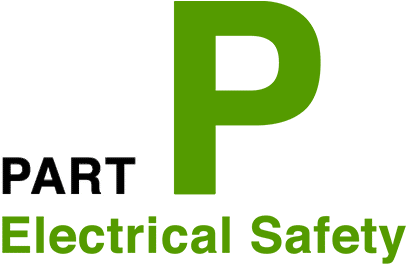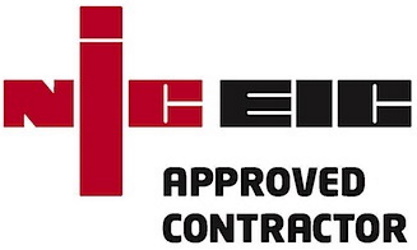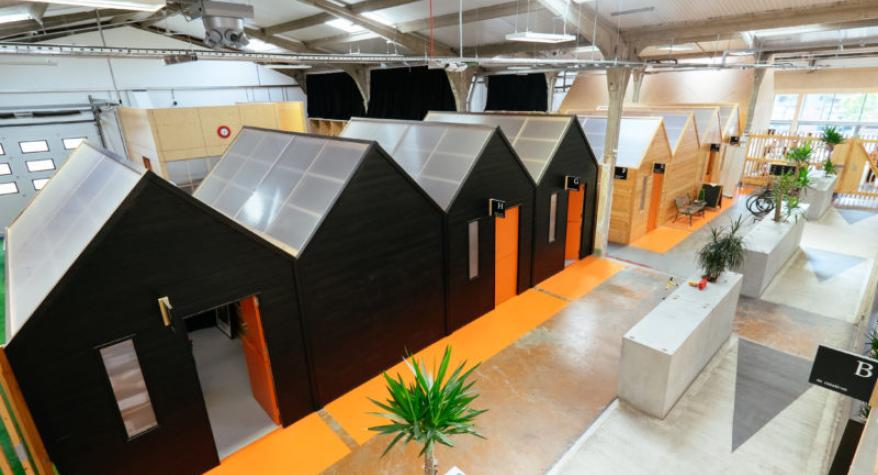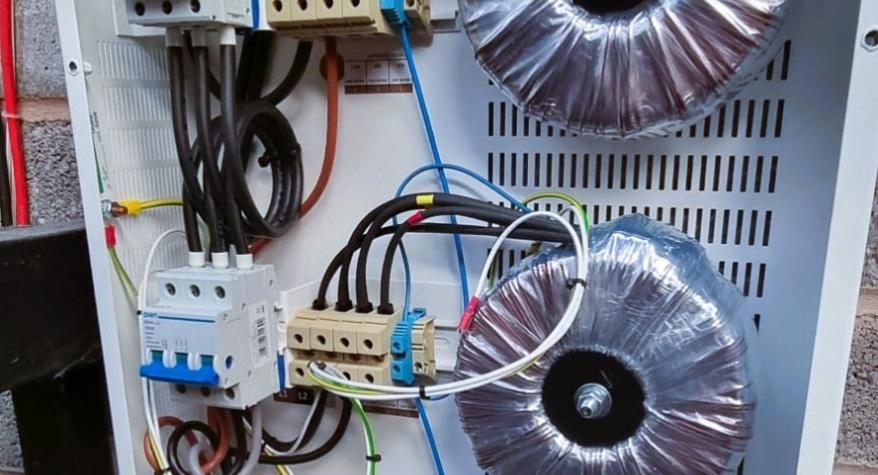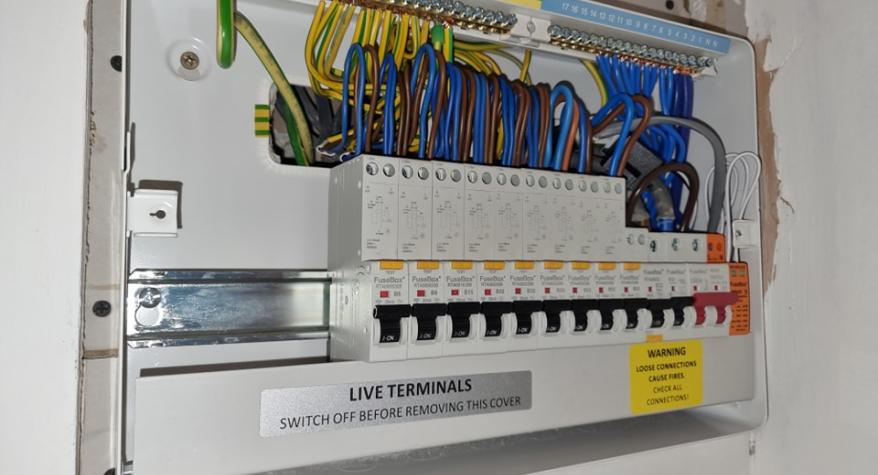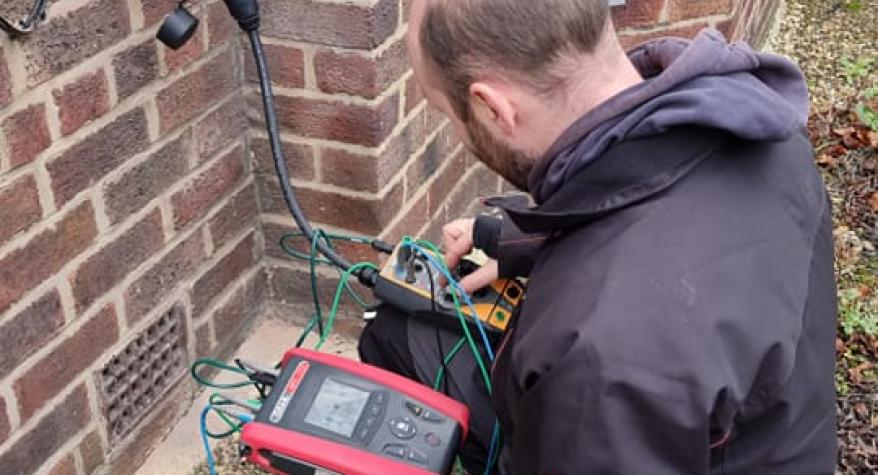Voltage optimisation (VO) is an energy-saving technology used to reduce the voltage supplied to electrical equipment to the optimal level for efficient operation. It’s commonly used in commercial and industrial settings to lower electricity consumption, reduce energy bills, and extend the lifespan of equipment.
How Voltage Optimisation Works...
Most electrical grids supply voltage at levels higher than needed—typically 230V to 250V, while most equipment in the UK is designed to operate optimally at 220V. VO systems reduce this voltage to a more efficient level, usually through a transformer-based device. There are two main types:
- Fixed Voltage Optimisation: Constantly reduces voltage by a set amount.
- Dynamic Voltage Optimisation (DVO): Adjusts the voltage in real-time based on incoming supply fluctuations.
Benefits of Voltage Optimisation:
- Energy Savings: Typically, 5%–15% reduction in electricity use.
- Cost Reduction: Lower energy bills.
- Extended Equipment Life: Reduces wear and tear on devices.
- Lower Carbon Emissions: By using less electricity.
Where is Voltage Optimisation Best Located?
- Commercial buildings (offices, hotels)
- Industrial facilities (factories, warehouses)
- Public sector (hospitals, schools)
- Sites with consistently high incoming voltage
Limitations of Voltage Optimisation
- Not effective for all loads: Especially resistive loads like heaters or incandescent lighting.
- Upfront cost: May take a few years to pay back through energy savings.
- Not a substitute for energy efficiency measures like LED lighting or smart HVAC systems.
Want to learn more? Contact RR Electrical today!
Always know what you are paying for!
Call us today on 0151 737 2397 for a free, no obligation, quotation for your project. Your call matters to us, and we WILL respond.

